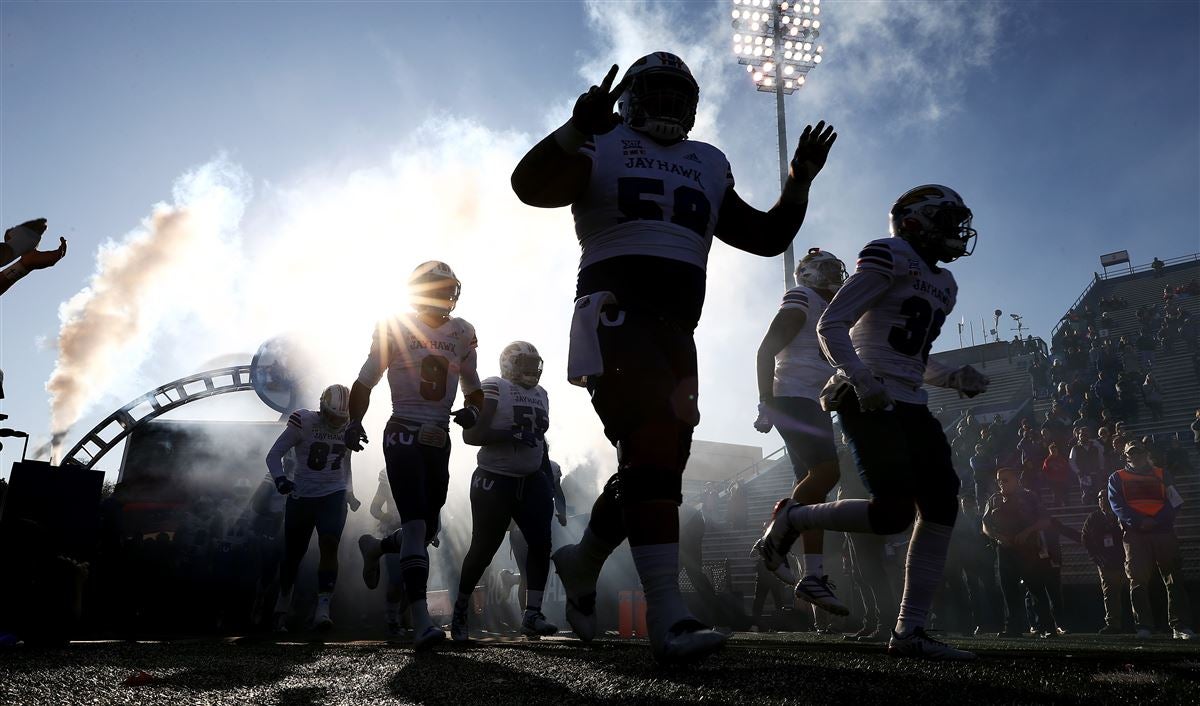Ncaa Baseball Eligibility Relief
baseball eligibility ncaa wallpaperDivision I rules limit student-athletes to four seasons of competition in a five-year period. Added eligibility available if season is canceled team plays 50 or less of sports maximums.

Teenage Baseball Pitcher Action Shot Of A High School Baseball Pitcher Winding Sponsored Pitcher Action Baseball Pitcher Baseball High School Baseball
The NCAA announced March 20 that the committee agrees athletes in spring sports should receive eligibility relief but also supports giving schools the autonomy to make their own decisions in the.

Ncaa baseball eligibility relief. Division II student-athletes will not be charged with the use of a season for the 2020-21 academic year if their team can complete only 50 or less of the sports maximum contestsdates of competition because their season is canceled due to the COVID-19 pandemic. On October 20 the NCAA Division 2 followed suit and extended eligibility relief to winter sports athletes whose season may be impacted by the pandemic. He is hopeful the NCAA makes the decision on granting eligibility relief for spring sport athletes.
The NCAA Board of Governors took a landmark step on Friday by approving a measure that will grant an extra year of eligibility to all fall sports athletes. On March 13 2020 The NCAA Division I Council Coordination Committee on Friday announced it would grant eligibility relief for spring athletes as a result of the unprecedented decision to cancel. Divisions II and III granted spring athletes an additional season or semester of eligibility while Division I leadership agreed that eligibility relief is appropriate for all Division I student athletes who participated in spring sports and said details would be finalized later according to a news release.
Spoke with the NCAA the roster limit is essentially scrapped for the 2021 season. The NCAA also announced that the roster limits that traditionally apply to college baseball will be waived for the 2021 season in order to accommodate returning seniors. The Councils decision allows schools to self-apply waivers to restore one of those seasons of competition for student-athletes who had competed while eligible in the COVID-19-shortened 2020 spring season.
The NCAA has agreed to grant a year of eligibility relief to Division I and III student-athletes who compete in spring sports after a mass cancellation by the organization on Thursday. Any player who participated in a spring sport would be granted an additional year of eligibility. July 22 2020 612pmCorbin McGuire.
College athletes in spring sports such as baseball and softball whose seasons have been disrupted or canceled because of the coronavirus could be in line to retain the year of NCAA eligibility they. As the NCAA continues to work through contingency plans to deal with the coronavirus the organization has announced that the Council Coordination Committee will grant some form of eligibility. NCAA Clear In Wanting Relief For Spring Athletes.
The NCAA announced Friday that the Division I Coordination Committee agreed that eligibility relief is appropriate for all Division I student-athletes who participated in spring sports. On March 30 2020 The NCAAs Division I Council on Monday approved a proposal that will grant eligibility relief to all Division I baseball players after their 2020 seasons were cut short due to. In anticipation of the impacts COVID-19 will continue to have on college sports on October 15 the NCAA Division 1 committee agreed to grant winter sport student-athletes who compete during the 2020-21 season an extra year of eligibility and an additional year to complete their eligibility.
There wont be any eligibility relief for student-athletes in winter sports as the majority of their seasons were completed the council also announced. SALT LAKE CITY NCAA Division I student-athletes who compete in spring sports will have an additional season of competition and an extension of their period of eligibility the NCAA Division I Council voted Monday as college athletics have been impacted by the novel conoravirus pandemic. In response to the cancellation of collegiate spring sports due to the coronavirus pandemic the NCAA Division I Council Committee has recommended that eligibility relief be provided to all.
She acknowledged she will most likely have to enroll at a non-Ivy. The day after the NCAA canceled its winter and spring championship events an NCAA committee announced its leadership agreed that eligibility relief is appropriate for all Division I. TCU baseball coach Jim Schlossnagle is supportive of the sentiments shared by Green and Shepherd.
Student-athlete leaders from the Power 5 conferences are seeking an extra year of eligibility for college athletes who didnt complete their seasons as well as support for housing and food as the. Juul who said she is interested in earning a graduate degree said she plans to take advantage of the NCAAs eligibility relief. Even athletes who compete this fall will.
The Council also will allow schools to self-apply a one-year extension of eligibility for spring-sport student-athletes effectively extending each students five-year clock by a year.















